Slide Show: Ancient Oddities from OMSI's 'Mummies of the World'
May 17, 2013

Three Egyptian Heads
Two centuries ago, Egyptian mummies were frequently cut into pieces and sold, often to tourists. These Egyptian mummy heads are part of the Mummies of the World exhibition, the largest traveling exhibition of mummies and artifacts ever assembled.
Photography by American Exhibitions, Inc.
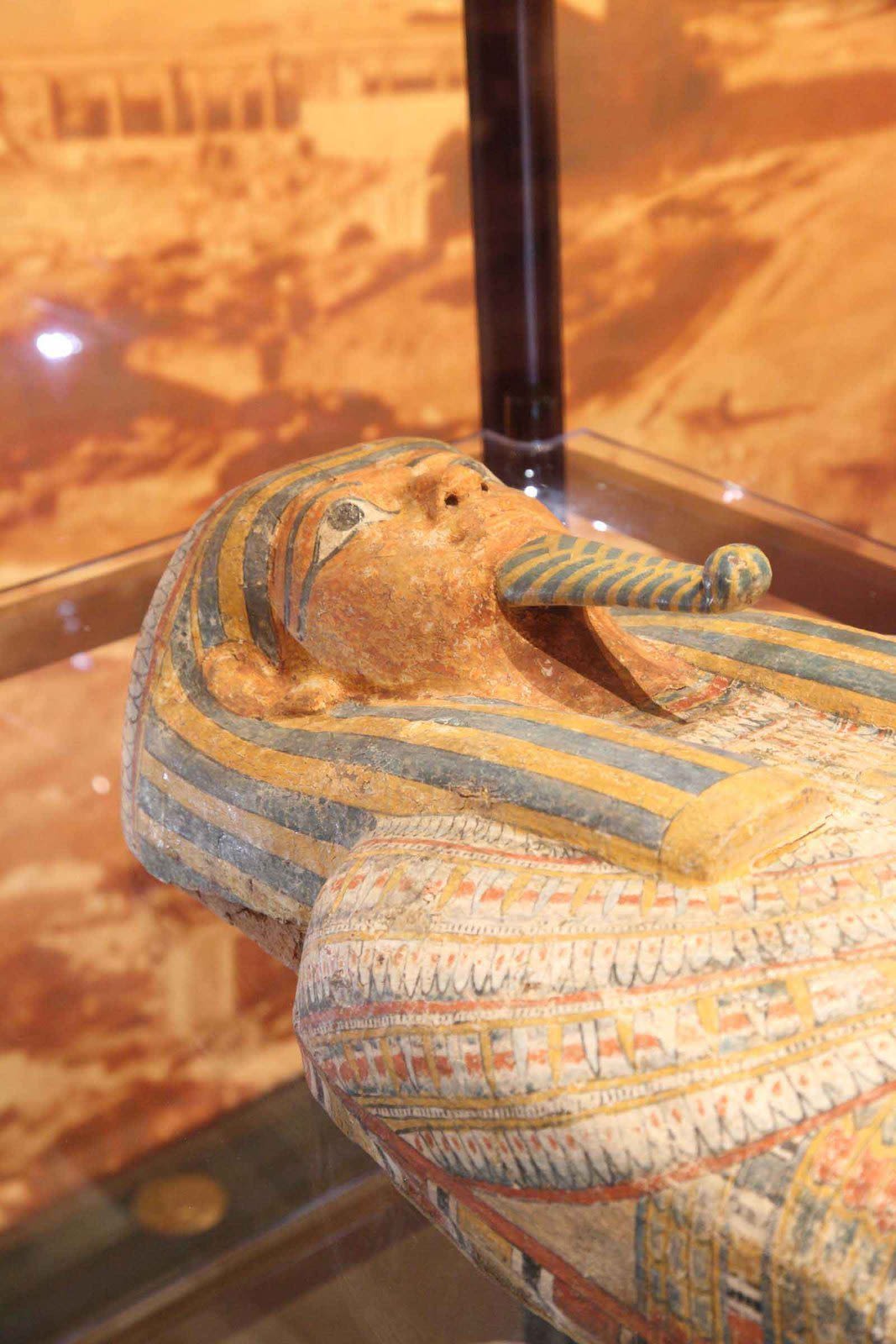
Nes?pa?kai?schuti
This is the mummy and sarcophagus of an Egyptian Priest named Nes?pa?kai-schuti, who played a role in the Egyptian religious hierarchy 2,650 years ago. The sarcophagus is made from sycamore wood and decorated with detailed paintings. Beautiful and extens
Photography by American Exhibitions, Inc.
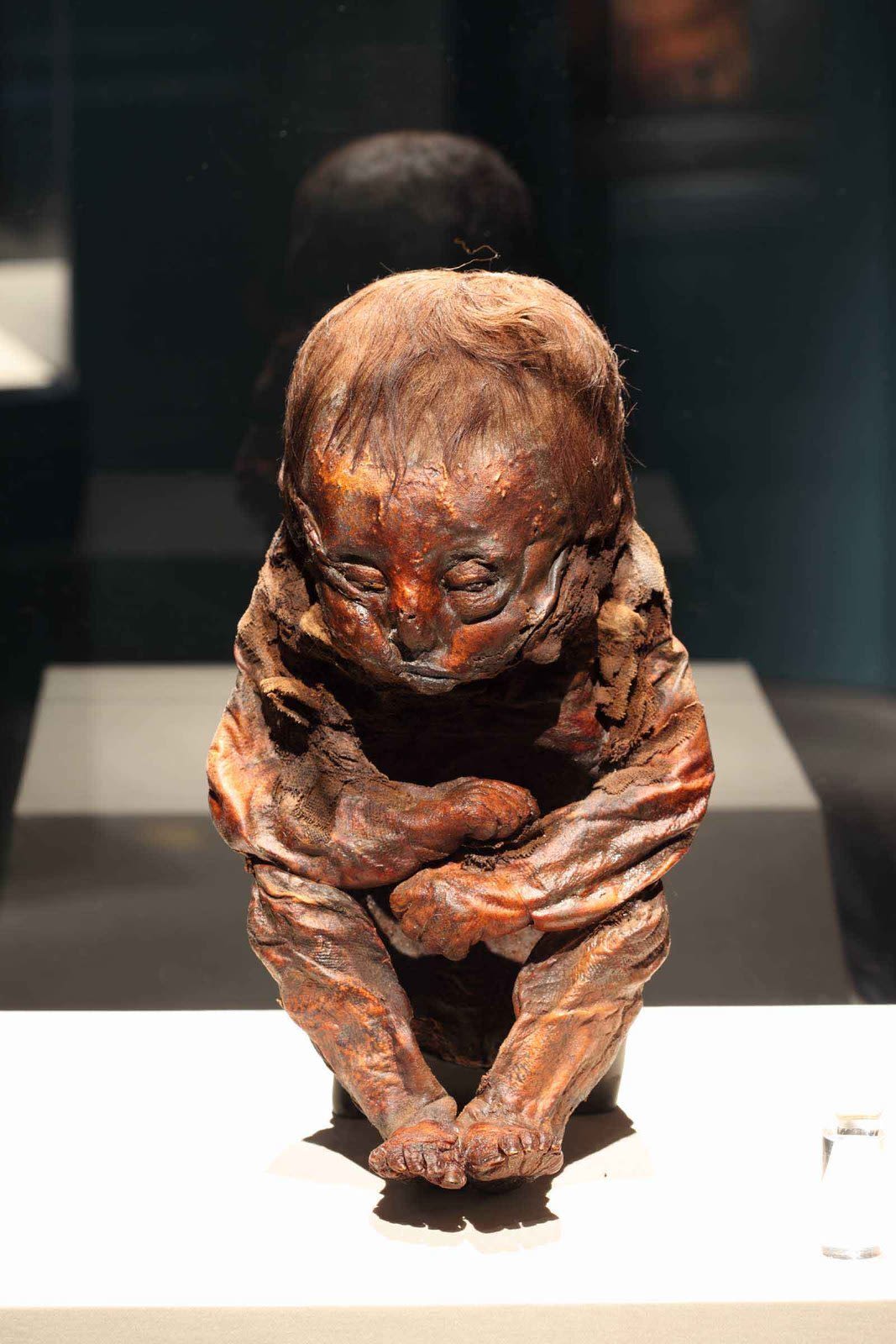
The Detmold Child
This Peruvian child mummy is in a remarkable state of preservation, radiocarbon dated to 4504– 4457 B.C. – more than 3,000 years before the birth of King Tut. The child, which was about 10 months old when it died, naturally mummified in the hot, arid des
Photography by American Exhibitions, Inc.
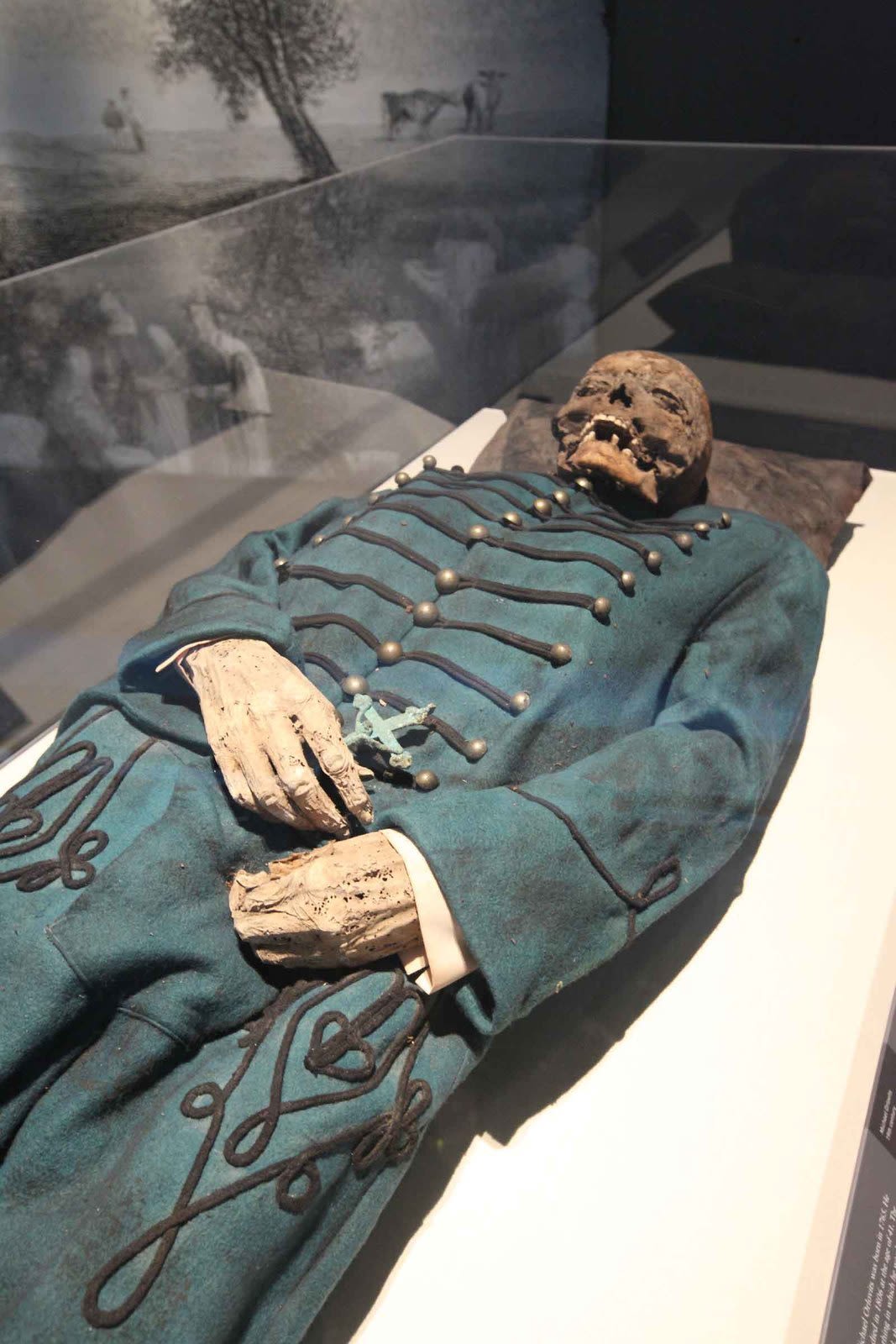
Michael Orlovits
Michael Orlovits (1765-1806) is part of a naturally mummified family found in a church crypt in the town of Vác, Hungary in 1994. The crypt was established in 1729 and sealed in 1838, and a combination of relative humidity, ventilation, temperature and t
Photography by American Exhibitions, Inc.
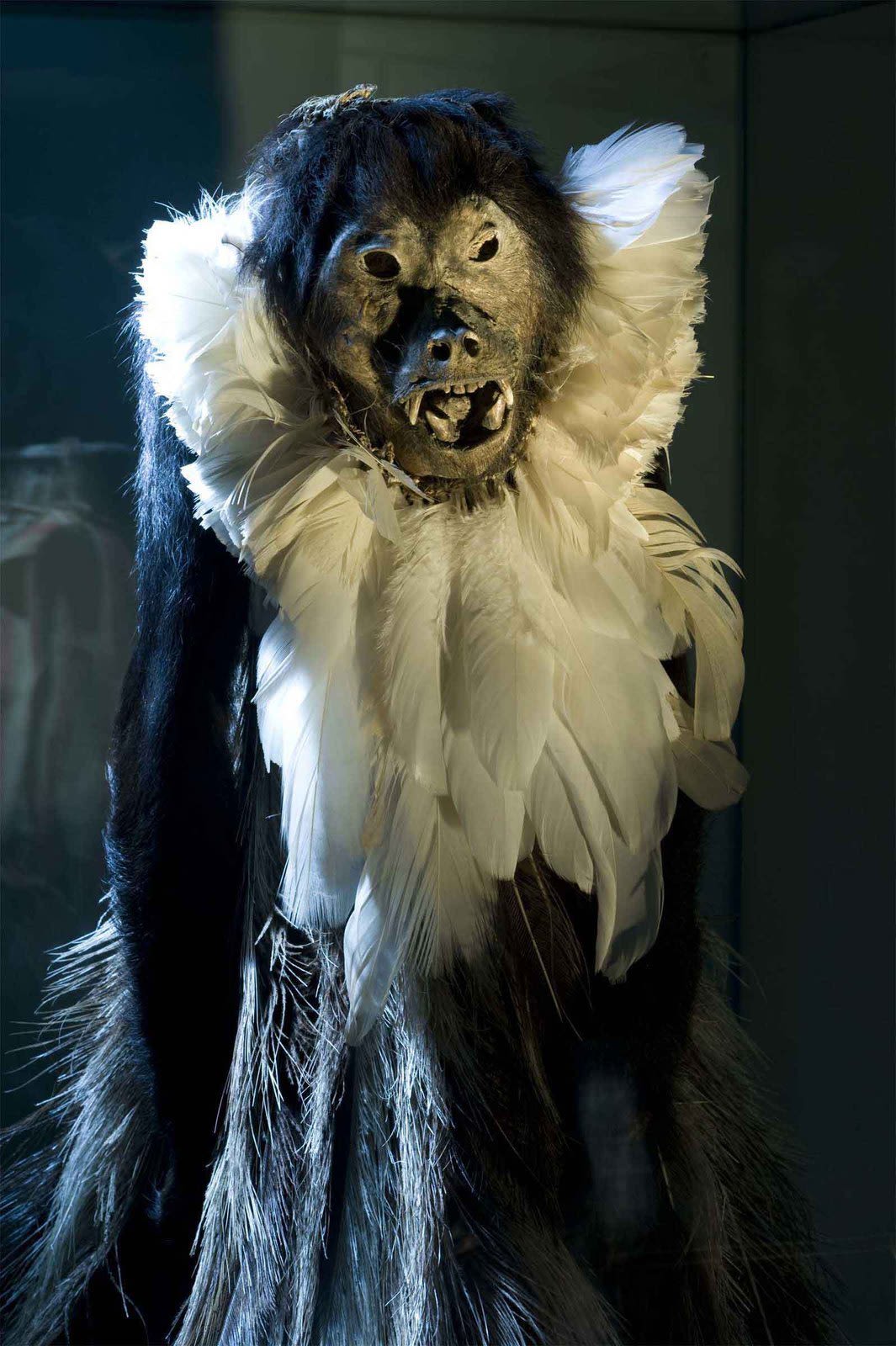
Howler Monkey
This howler monkey is from the site of Grand Chaco, in Argentina, South America. It has not been radiocarbon dated, but it is likely that the monkey was naturally preserved in the warm, dry environment of the area and prepared for display, with a rhea fe
Photography by American Exhibitions, Inc.
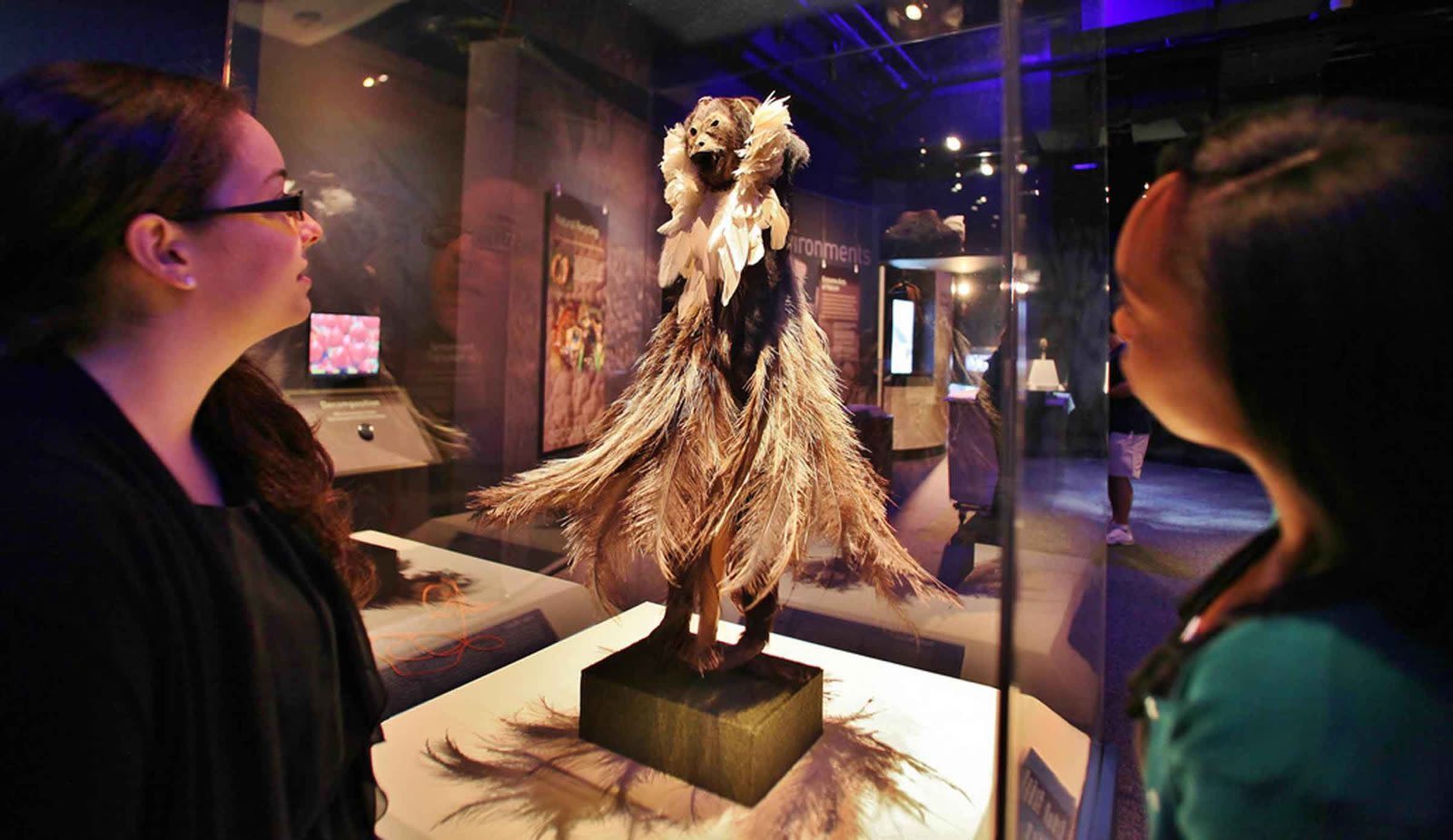
Howler Monkey
This howler monkey is from the site of Grand Chaco, in Argentina, South America. It has not been radiocarbon dated, but it is likely that the monkey was naturally preserved in the warm, dry environment of the area and prepared for display, with a rhea fe
Photography by Darryl Moran
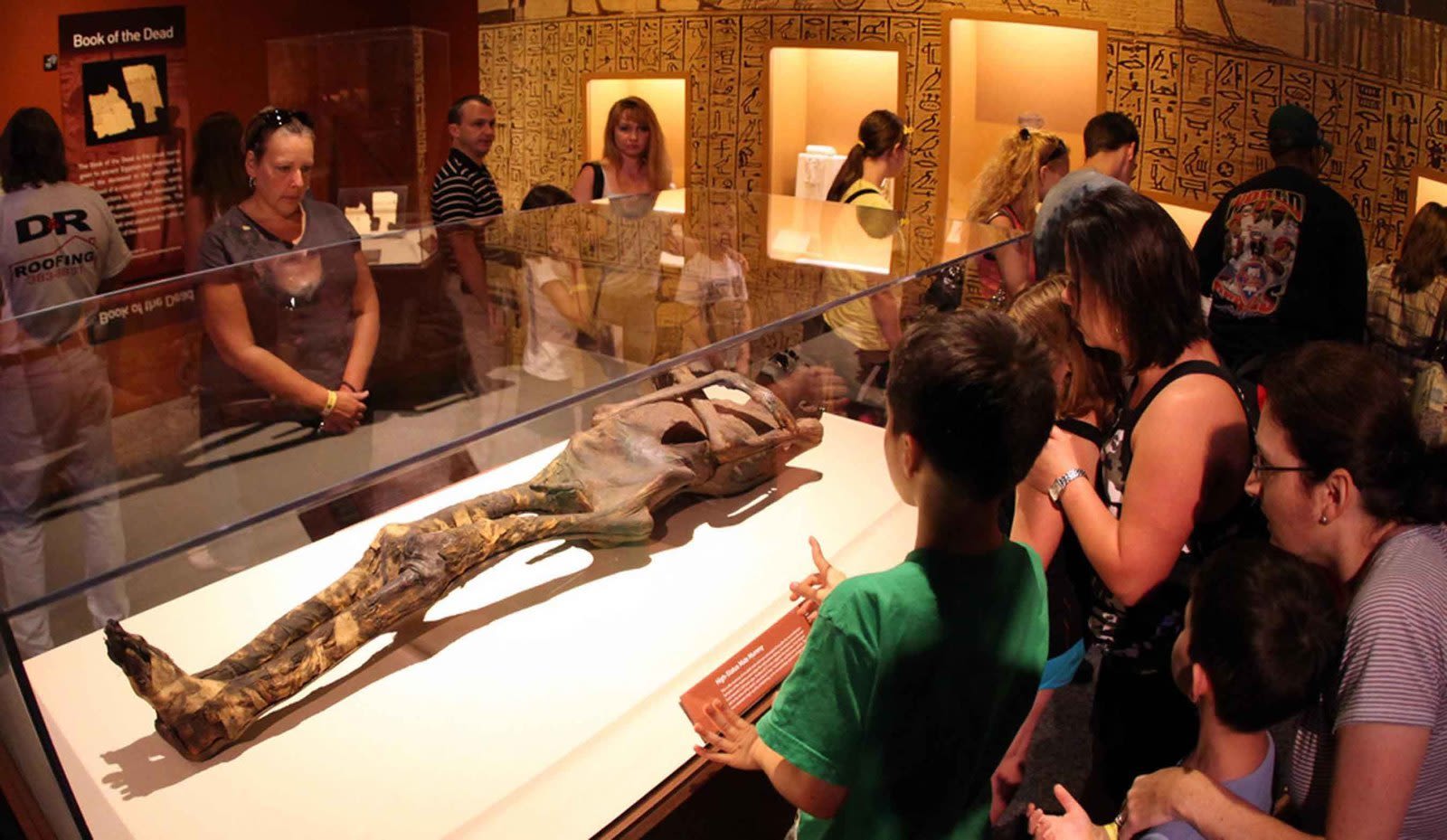
Egyptian Male Mummy
This is the mummy of an adult male who was unwrapped long after his mummification. Samples of the mummy were taken for radiocarbon dating, and analysis shows this man lived around 2,350 years ago. Analysis of CT scans suggests this man was 35 to 40 years
Photography by Darryl Moran
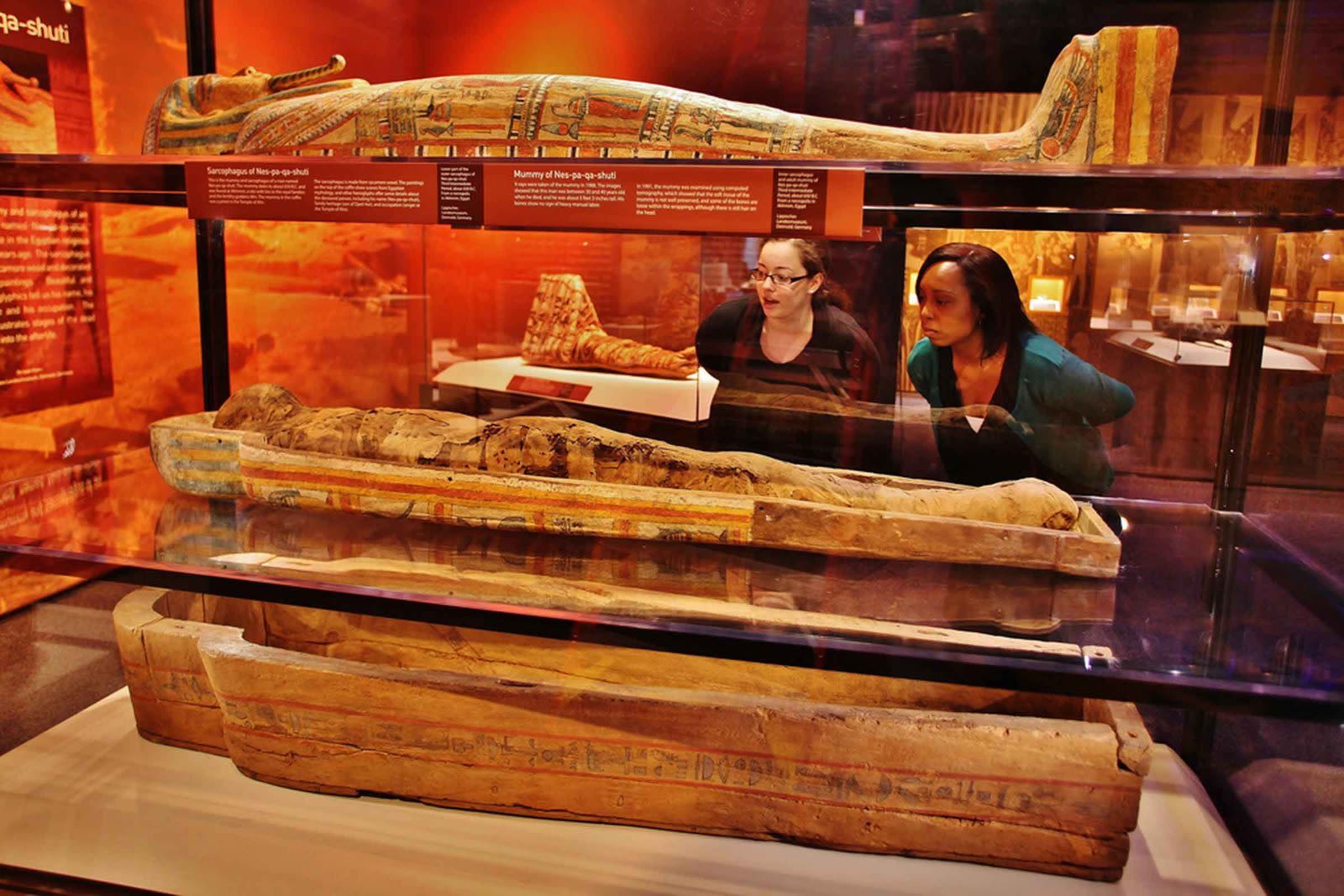
Nes?pa?kai?schuti
This is the mummy and sarcophagus of an Egyptian Priest named Nes?pa?kai-schuti, who played a role in the Egyptian religious hierarchy 2,650 years ago. The sarcophagus is made from sycamore wood and decorated with detailed paintings. Beautiful and extens
Photography by Darryl Moran
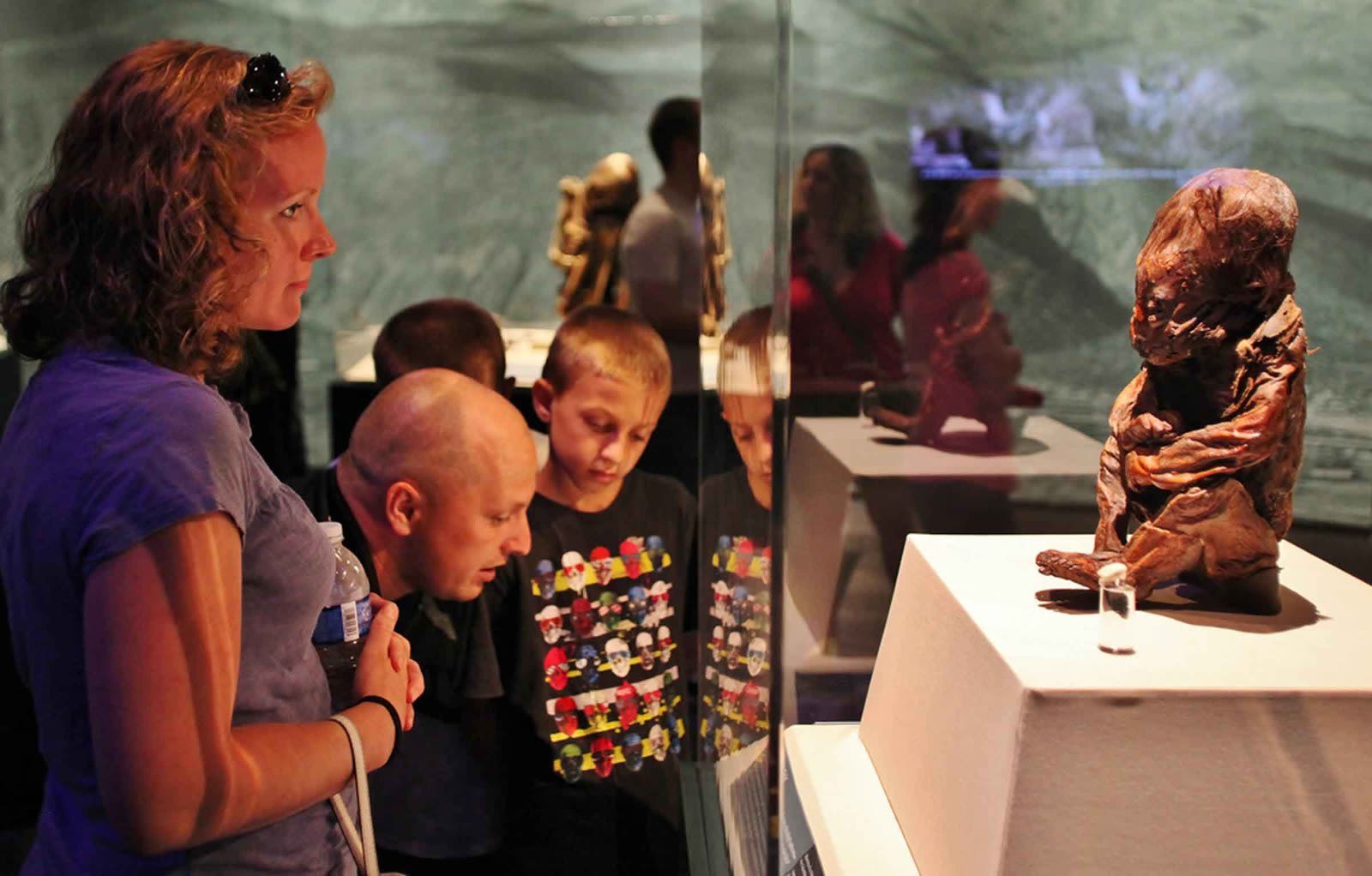
The Detmold Child
This Peruvian child mummy is in a remarkable state of preservation, radiocarbon dated to 4504– 4457 B.C. – more than 3,000 years before the birth of King Tut. The child, which was about 10 months old when it died, naturally mummified in the hot, arid des
Photography by Darryl Moran

The Tattooed Woman
This young woman with long, black hair was naturally mummified in the warm desert air, seated in the burial position typical in Chile before 1400 A.D. She was wrapped in fabric after her death, the impression of which is still visible on her chin and che
Photography by Darryl Moran

Hyena Mummy
This striped hyena, native to northern and eastern Africa, the Middle East and India, was found in the Dabié Cave in Jordan in 2004. It was naturally preserved in the dry cave environment; radiocarbon dating has found it to be less than 50 years old.
Photography by Darryl Moran

